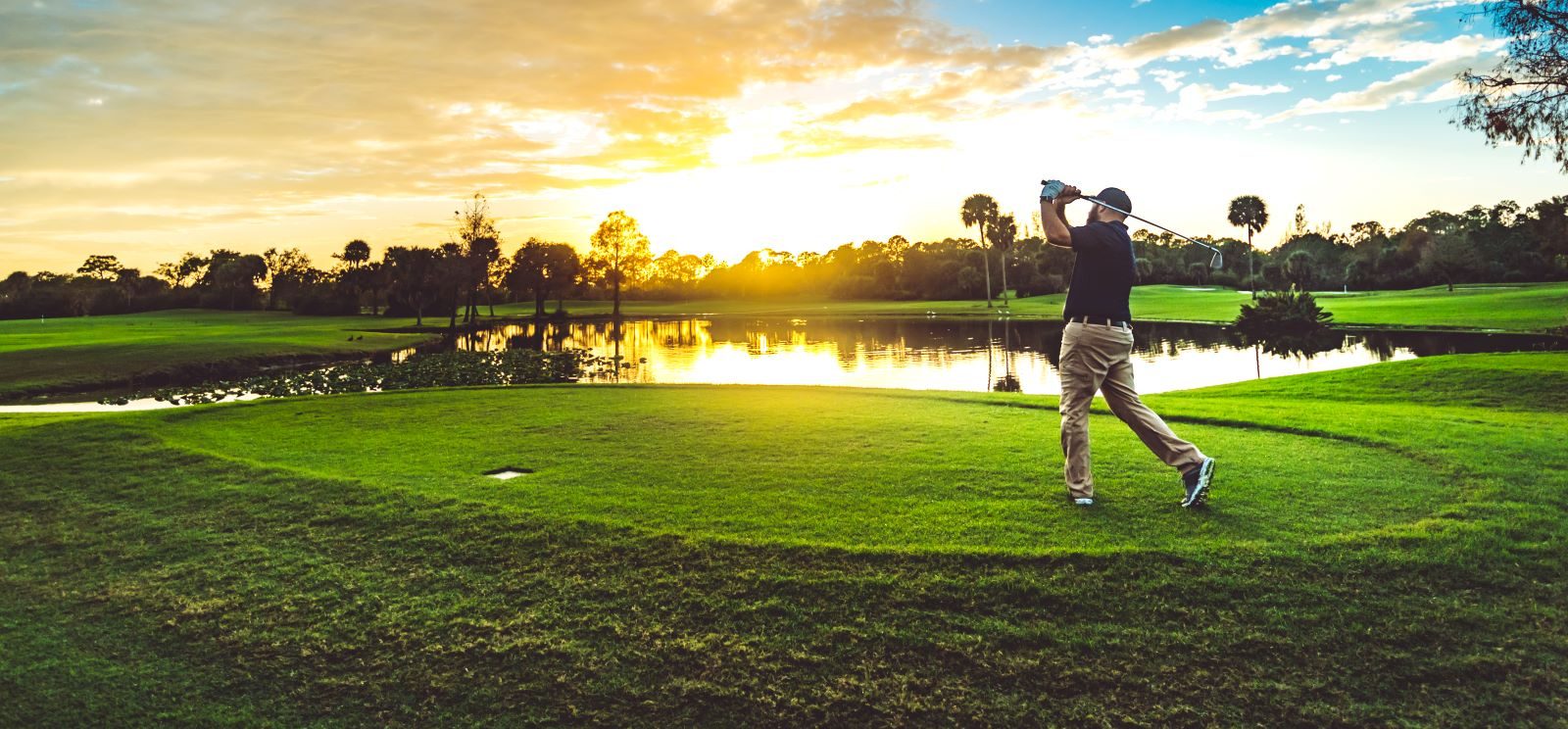<< Back
Could That Nagging Low Back Pain Be From Your Golf Swing?

May 27, 2022
Although golf is typically considered a lifetime sport that can be played at any age, it can still lead to injuries that force players off the fairway.
The most common of these complaints is low back pain, which is frequently suffered by both amateur and professional golfers. This pain might spread into the gluteal region, stay along the spine, diffuse across the back or localize to one side.
“Back pain is often reported during the follow-through phase of the golf swing as well as in the backswing and impact phases,” said Sarah Emlaw, PT, DPT, OCS, of the Hartford HealthCare Bone & Joint Institute at Hartford Hospital.
To help combat this pain, specially trained physical therapists at Hartford HealthCare’s Rehabilitation Network can perform movement screenings to identify musculoskeletal impairments that may be contributing.
“Mobility and stability limitations in certain areas of the body may contribute to faulty movements and biomechanics of the golf swing,” Emlaw said. “This can cause excessive stress on the body and compensatory movement strategies.”
For an in-depth analysis, golfers can visit the Bone & Joint Institute at Hartford Hospital for a 3D biomechanical evaluation of their swing. The golfer will receive a comprehensive report of findings and recommendations to address any impairments.
What Causes Low Back Pain in Golfers?
Back pain is particularly common in golfers because golf is a one-sided sport that can lead to over-use injuries and wear and tear from the repetitive nature of the swing. The lumbar spine endures not only rotational forces, but also compressive, shearing and lateral bending forces with each swing.
In addition, it has been found that certain swing characteristics have been highly correlated to low back pain.
“Every golfer has a swing unique to them and their body structure. However, all golfers should have a similar kinematic sequence highlighting the transfer of energy and the sequence of body segments through the golf swing,” Emlaw said.
To prevent back pain, Emlaw recommends that golfers develop proper warm-up strategies consisting of dynamic mobility and stretching to prepare the body for the stress of each swing. Emlaw notes that warming up with practice swings alone is not enough to constitute an effective warm-up.
Golf-ready exercises she suggested include:
- Dynamic vs. static stretching.
- Pelvic tilts forward and back.
- Hip mobility into rotation – both directions, both legs.
- Hip hinging.
- Single leg rotational stability.
- General core strengthening.
- Neck rotations.
- Trunk rotation.
For more information about the golf program offered at the Bone and Joint Institute, click here.